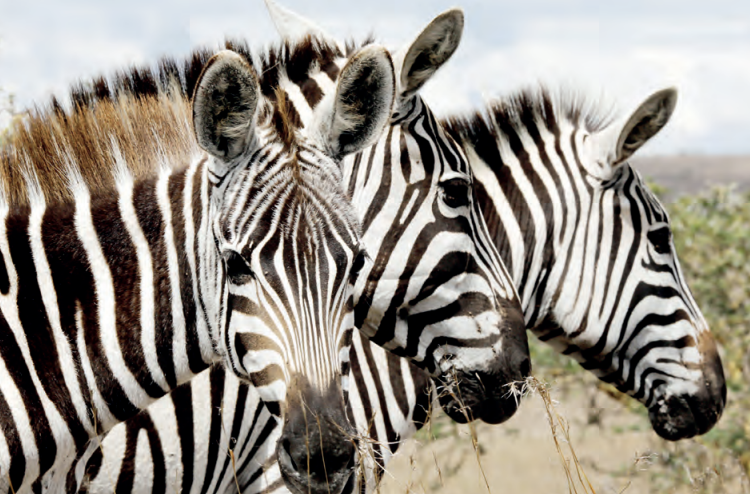
Kenya has appealed to the international community to have the wildlife sector be part of the agenda at climate change negotiations.
Wildlife Secretary in the Ministry of Tourism Shadrack Ngene said the 2022 drought had devastating impacts on Kenya’s wildlife.
“Wildlife discussions should be part of the agenda as they suffer the impacts of climate change as we do,” he said.
Ngene took part in a session ‘Boosting Nationally Determined Contributions; Protecting Animals and Transforming Food Systems.’ The session outlined practical steps for governments to align food systems transformation with biodiversity initiatives and climate targets, emphasising their integration into Nationally Determined Contributions.
The 2021 census showed that Kenya has 36,280 elephants, black rhinos (897), white rhinos (842), northern rhinos (two), lions (2,589), hyenas (5,189), cheetahs (1,160), wild dogs (865) and buffalo (41,659). Other animals counted include Maasai giraffe (13,530), reticulated giraffe (19,725), Nubian’s giraffe (938), common zebra (121,911) Grevy’s zebra (2,649), eland (13,581), hartebeest (7,332), wildebeest (57,813) and Grant’s gazelle (66,709).
The impacts of climate change however threatened to wipe out the iconic species.
On November 5, 2022, the Wildlife Research and Training Institute released a report showing that most iconic species had died due to lack of water and pasture.
The institute said urgent and immediate interventions must be put in place to help save the animals dying in various ecosystems and conservancies due to a lack of water and forage.
The WRTI, in a study, said in the last two seasons (October 2021 to May 2022), the country received rainfall below average and more than 1,000 deaths have been recorded.
The most affected species are the wildebeests, common zebras, elephants, Grevy’s zebras and buffalos, with the Amboseli, Tsavo and Laikipia-Samburu ecosystems being hardest hit. According to the statistics, 512 wildebeests, 381 common zebras, 205 elephants, 49 Grevy’s zebras and 51 buff also had died.
Already, a second phase of the national wildlife census is ongoing. Ngene said wildlife plays a critical role in achieving NDCs, and plans on how the state seeks to curb greenhouse gas emissions.
The government protects 19 per cent of its land, including eight per cent in parks and reserves and 11 per cent in community or private conservancies, which is vital for biodiversity and climate goals.
Ngene said the state had to provide targeted feeding for some species of wildlife such as Grevy’s zebra during the drought.
The country is seeking to expand community conservancies from 11 per cent to 20 per cent by 2030, enhancing carbon sinks and fostering sustainable tourism through governance and land-use plans.
Ngene said Kenya’s wildlife plays a key role in the integration of the country’s plans to curb emissions, adding that protected areas have natural vegetation.
“The wildlife sector in the country contributes a lot to achieving what we want to achieve in regard to climate mitigations, adaptations and resilience,” Ngene said.
Kenya is home to 25,000 animal species, including many large mammals, 7,000 plant species, and 2,000 fungi and bacteria species.
The species thrive in Kenya’s rich array of ecosystems, from lush forests and savannahs to the snowcapped peaks of Mount Kenya and arid scrublands.
During the session, experts
revealed that forest elephants in
the Congo basin can boost carbon
sequestration by seven per cent. The move supports the storage of
carbon in forest ecosystems which is
crucial for mitigating climate change


![[PHOTOS] Residents look on as fire guts part of JKIA](/_next/image?url=https%3A%2F%2Fcdn.radioafrica.digital%2Fimage%2F2025%2F02%2F0f4c0ebd-45fc-4fcf-8be7-d1426ab5b2f6.jpg&w=3840&q=75)






